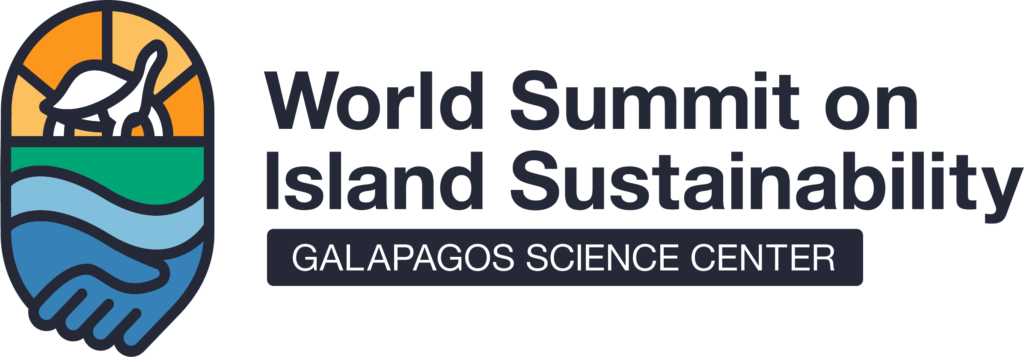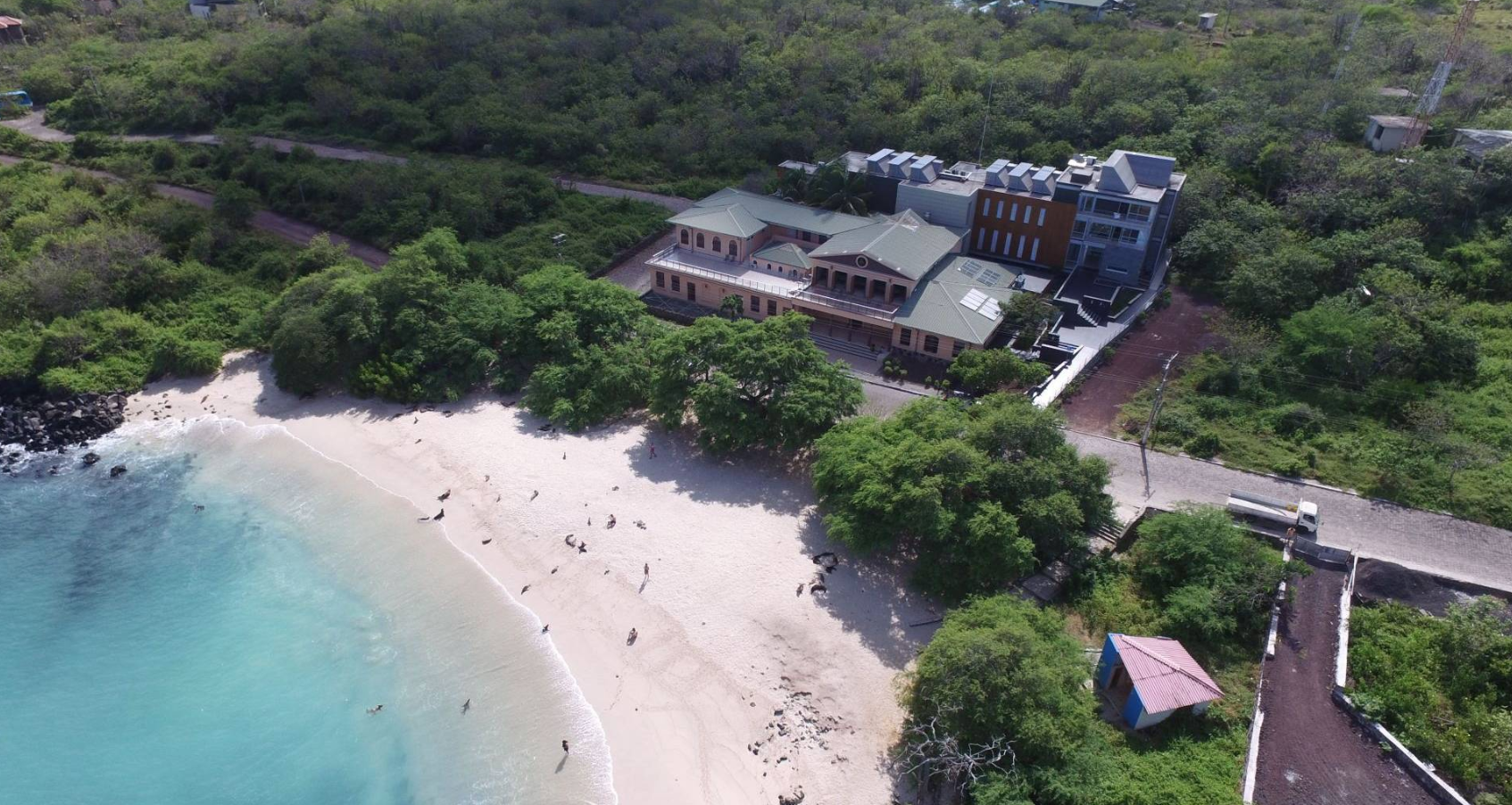Molecular Discovery of Filarial Nematode DNA in an Endangered Wild Pinniped (Galapagos Sea Lion, Zalophus wollebaeki)
Environmental changes contribute to the arrival of non-native species and their pathogens in sensitive ecosystems such as the Galápagos Islands. This poses a significant risk to the archipelago’s unique species, including the Galápagos sea lion (Zalophus wollebaeki), an endemic and endangered animal that faces the threat of contracting diseases from introduced domestic animals.


